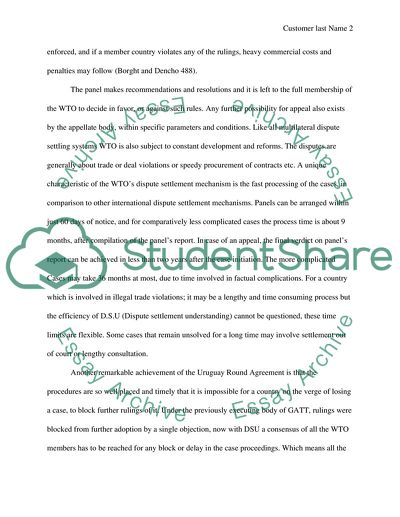Cite this document
(Reform and Development of the Dispute Settlement System Case Study, n.d.)
Reform and Development of the Dispute Settlement System Case Study. Retrieved from https://studentshare.org/macro-microeconomics/1779137-wto-law
Reform and Development of the Dispute Settlement System Case Study. Retrieved from https://studentshare.org/macro-microeconomics/1779137-wto-law
(Reform and Development of the Dispute Settlement System Case Study)
Reform and Development of the Dispute Settlement System Case Study. https://studentshare.org/macro-microeconomics/1779137-wto-law.
Reform and Development of the Dispute Settlement System Case Study. https://studentshare.org/macro-microeconomics/1779137-wto-law.
“Reform and Development of the Dispute Settlement System Case Study”, n.d. https://studentshare.org/macro-microeconomics/1779137-wto-law.


